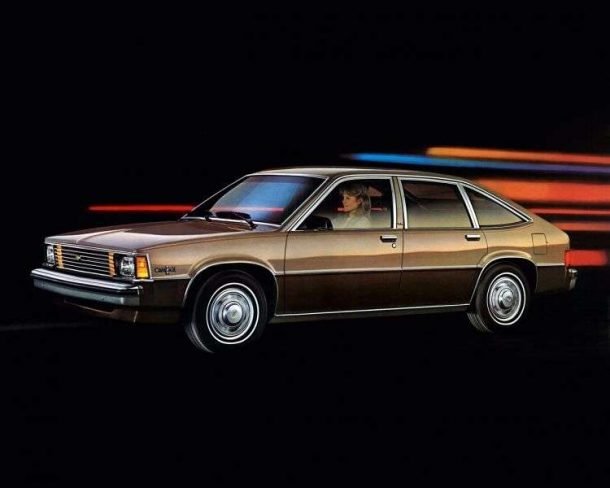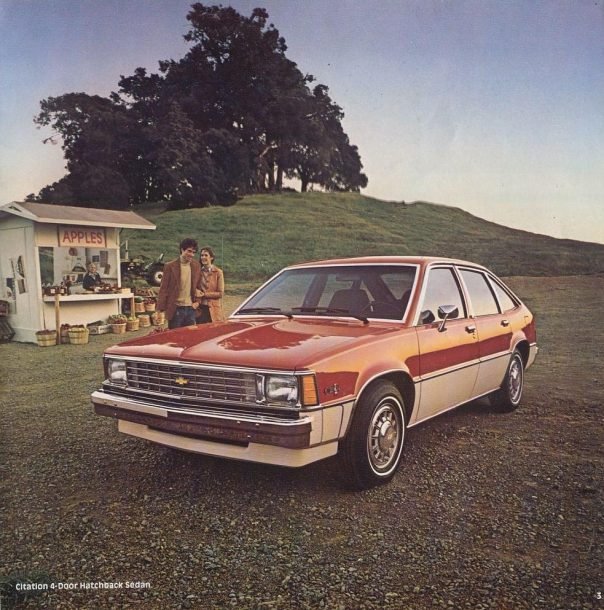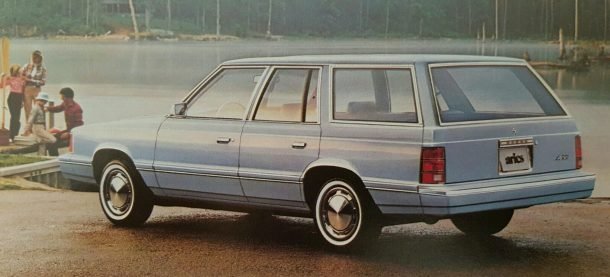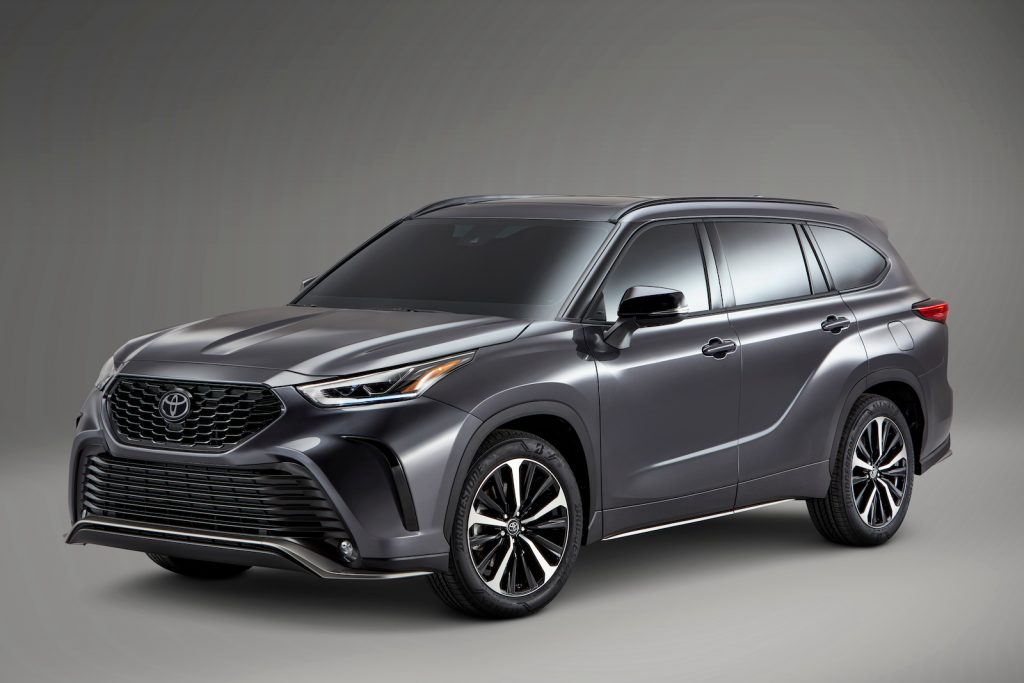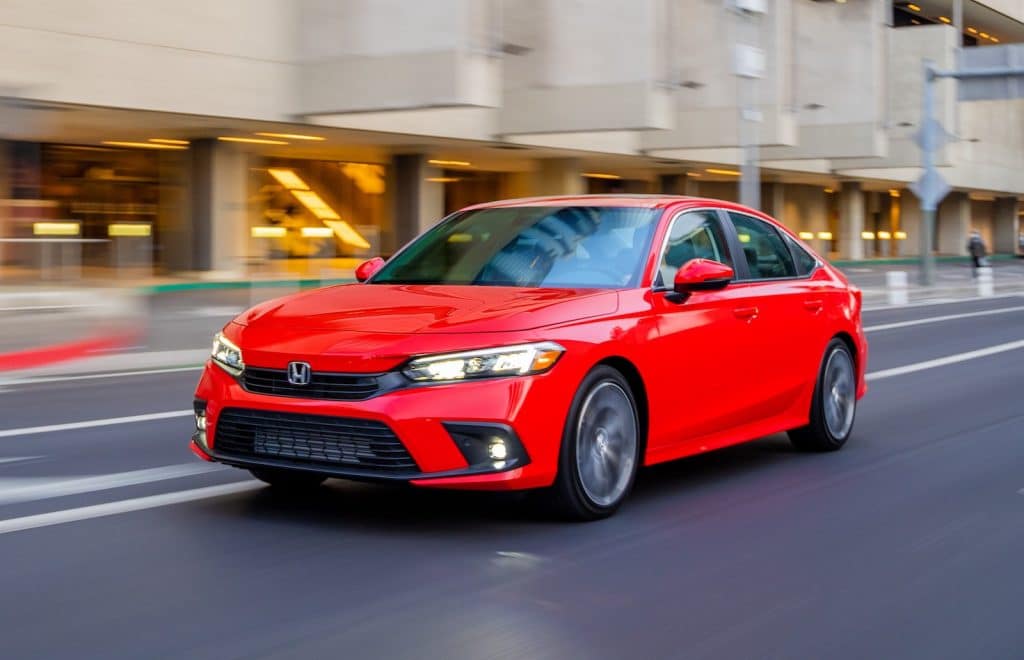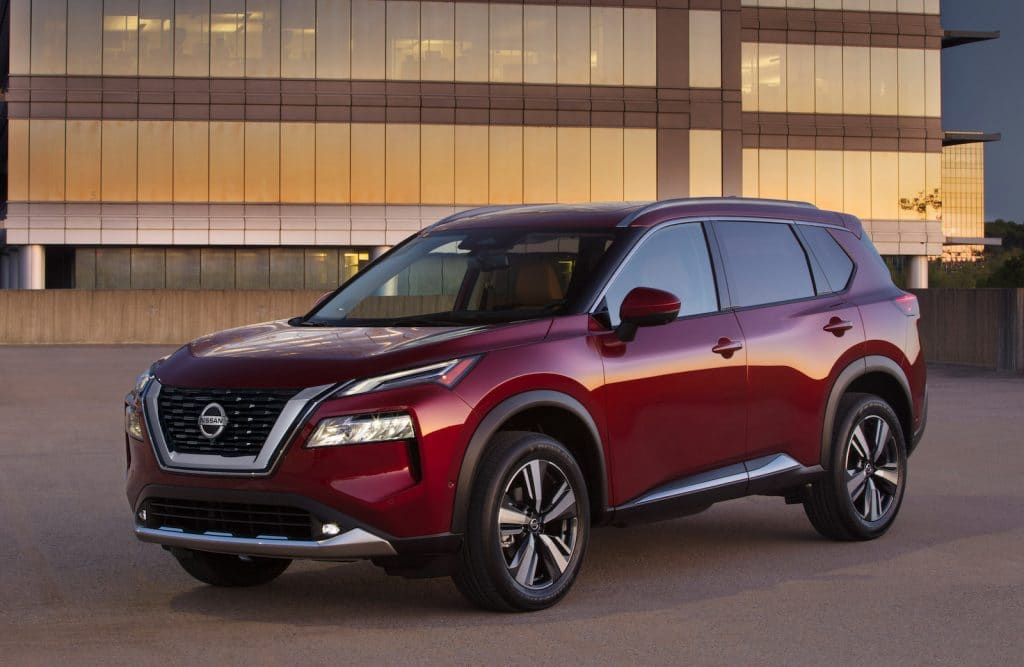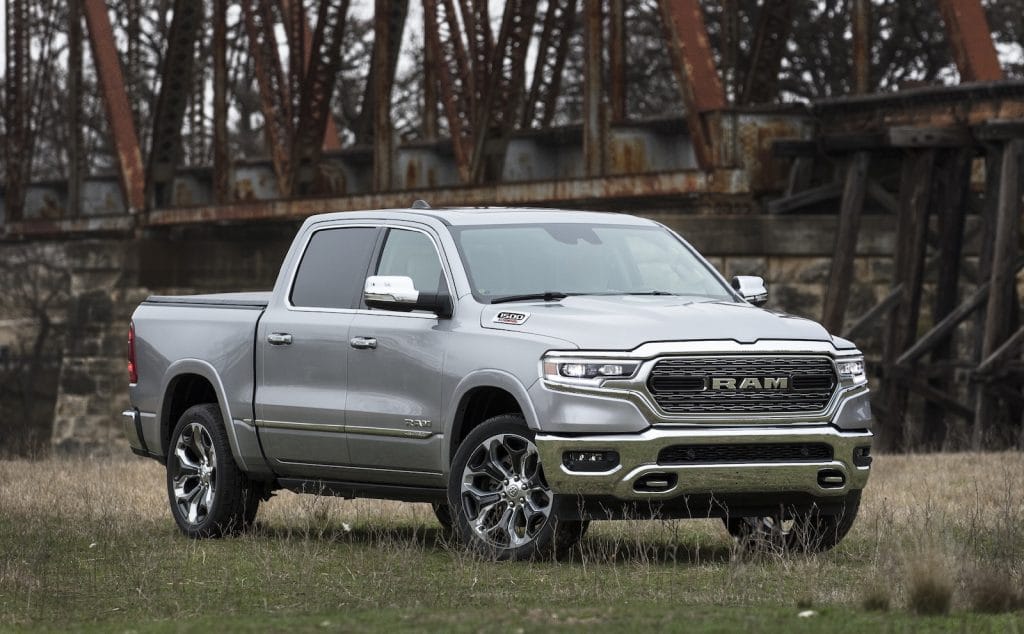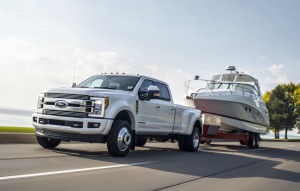
Pickups like the Ford F-150 have been the industry’s heavy haulers during the pandemic lockdown.
Two months after much of the United States began entering lockdown there are clear signs of recovery by the U.S. auto industry – though the American market still could end 2020 down nearly 25% from last year’s levels.
Automakers hoping for a rebound have been flooding the market with hefty incentives, such as 84-month, no-interest loans. But the risk is that these profit-eating givebacks could become “the new normal,” warned a senior analyst with J.D. Power.
After hitting bottom at the end of March, the new car market has now posted five weeks in a row of improving sales, said Power analyst Tyson Jominy, In the latest in a series of weekly briefings on the impact of the coronavirus pandemic. For the week ending May 10, sales were off 26%, said Jominy. By comparison, the market was off by nearly half for the full month of April.
“We absolutely could see a step back in the second half” of this year, warns J.D. Power.
As has been the case since most of the country went into lockdown in March, results varied widely from one market to another. Sales in Tampa were down a mere 1% from where they had been expected to come in pre-pandemic. Among major cities, New York remained one of the hardest hit – surprising few since it has been one of the pandemic’s epicenters. But while demand was off by 48% from original forecasts, that was still a big improvement from the week ending May 3, when sales were down 63%.
Detroit was another market in rebound, according to data Power collects directly from dealers using its PIN network. Another epicenter, the Motor City was off by 98% in mid-April but saw demand last week climb to “just” 29% below forecasts made before the pandemic struck.

Inventories are beginning to be stretched, especially for pickups. But manufacturers are only beginning to start production back up.
(Toyota production to be down a third through October.)
On the other hand, Dallas, which was virtually back to normal at the beginning of May saw sales slide to 10% below forecast last week – something that appears to reflect one of the industry’s big concerns, a mounting shortage of inventory, said Tyson, particularly in the segments of the new car market that remained relatively viable during the depths of pandemic downturn, full-size pickup trucks, in particular.
“Inventory will be a big concern,” Jominy warned, until automakers can get factories running anywhere near to normal.
By the end of March, the entire U.S. automotive manufacturing network was idled. Only a small handful of plants have now come back online, starting late last week with those run by Hyundai, Kia and Mercedes-Benz. Several more manufacturers, including Honda, Tesla and Toyota, fired up this week, and Detroit’s Big Three, General Motors, Ford and Fiat Chrysler, are planning to relaunch operations on the 18th.
(GM sees no COVID cases at plants worldwide, wants production back to normal by mid-June.)
But production schedules are expected to be limited for at least a month, in part, to get everyone used to the many steps taken to reduce the risk of new outbreaks of COVID-19 within those plants. So, if anything, “It’s going to be very disruptive” from an inventory standpoint, said Thomas King, Power’s chief data officer.
Inventory issues will vary by product segment and region of the country. Motorists in southern states, such as Texas, could find pickup pickings grow slim in the coming weeks. But there remains a glut of sedans and other passenger cars that were already selling slowly ahead of the pandemic.

Dealers have been racing to adapt to new ways of doing business, such as online sales, during the pandemic.
Expect to see manufacturers rethink some of the hefty incentives they began offering as the pandemic struck. They’re already trimming back the typical giveback by about $300, according to Power data, especially on big trucks. But buyers still will find some of the most lavish deals ever, incentives still averaging $4,700 a vehicle. By comparison, the figure was around $4,100 in January.
The industry has been expanding the availability of low and no-interest loans – and not just on new vehicles but also on “nearly new” Certified Pre-Owned models. During the most recent week, fully 17% of new vehicle buyers went with 84-month, zero-interest loans, double the rate at the beginning of the year.
The problem is that every $1,000 of incentives adds up to a $1 billion cut in industry profits, noted King who warned that, “The longer these programs remain in the market the greater the risk they become the new normal,” consumers holding back when these deals are withdrawn.
(Nissan looking at nearly $3B in spending cuts as its balance sheet crumbles.)
The industry may have no choice but to keep up the level of incentives. With so many variables and unknowns, Power officials warned that it is difficult to make clear forecasts for year ahead. At best, it will likely be mid to late summer before demand returns to pre-pandemic trend lines and the full year could see sales slip as low as 13 million, down from 17.1 million in 2019.
That doesn’t even account for the widely feared prospect of another major outbreak of the coronavirus late this year, or an even bigger slide in the economy. If any of a number of troubling scenarios play out, said King, “We absolutely could see a step back in the second half” of this year.
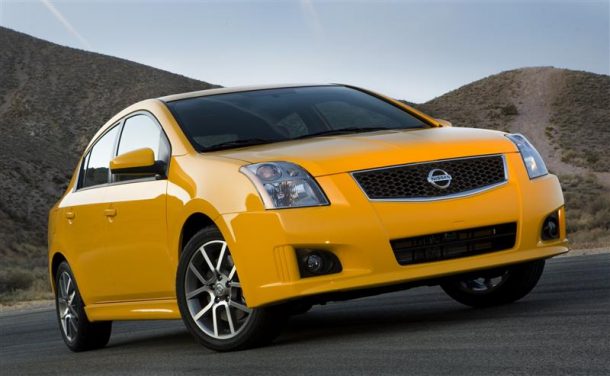 Today’s Buy/Drive/Burn trio are the 2008 versions of the same Japanese compacts from last time. Many of you were split on the relative goodness of 1998’s Civic versus Corolla, but agreed Sentra should burn. Do those views change when the cars are from 2008?
Today’s Buy/Drive/Burn trio are the 2008 versions of the same Japanese compacts from last time. Many of you were split on the relative goodness of 1998’s Civic versus Corolla, but agreed Sentra should burn. Do those views change when the cars are from 2008? The eighth-gen Civic is in its third model year in North America, where it’s available in sedan and coupe formats. Civic is a bit edgier and serious-looking than its older Nineties sibling but promises the same overall value. In 2008 there are seven total trims That range in price from $14,800 to over $23,000. The most affordable sedan is a DX trim with a five-speed manual transmission. DX uses a 1.8-liter inline-four good for 140 horses and asks $15,010.
The eighth-gen Civic is in its third model year in North America, where it’s available in sedan and coupe formats. Civic is a bit edgier and serious-looking than its older Nineties sibling but promises the same overall value. In 2008 there are seven total trims That range in price from $14,800 to over $23,000. The most affordable sedan is a DX trim with a five-speed manual transmission. DX uses a 1.8-liter inline-four good for 140 horses and asks $15,010.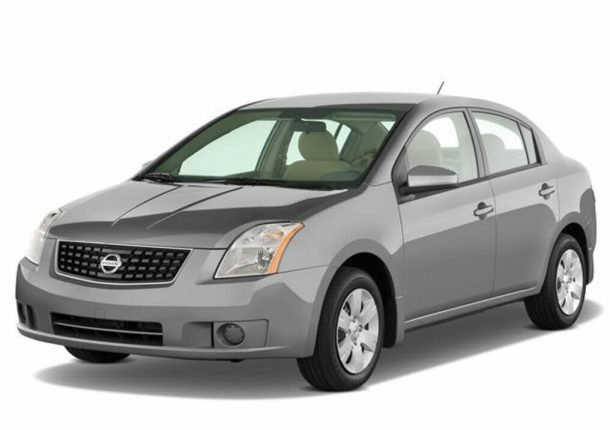 Sentra entered its sixth generation in 2007 and continues unchanged for the 2008 model year. Sentra is available only as a sedan and rides on the same C platform as the Rogue. Unlike Civic which offers standard automatic transmissions, Sentra is offered only with a six-speed manual or a CVT. Five trims are available that range in price from $16,140 to $20,570. The base 2.0 has a CVT, so we upgrade to the 2.0 S for its six-speed manual. 140 horses arrive via the 2.0-liter engine. Nissan asks $16,370.
Sentra entered its sixth generation in 2007 and continues unchanged for the 2008 model year. Sentra is available only as a sedan and rides on the same C platform as the Rogue. Unlike Civic which offers standard automatic transmissions, Sentra is offered only with a six-speed manual or a CVT. Five trims are available that range in price from $16,140 to $20,570. The base 2.0 has a CVT, so we upgrade to the 2.0 S for its six-speed manual. 140 horses arrive via the 2.0-liter engine. Nissan asks $16,370. The Corolla is in its ninth generation, and its final model year; it’s been on sale since 2003. Not to worry, Corolla was refreshed for 2005 to keep with the times! North America receives only the Corolla sedan, though wagons and hatchbacks are available elsewhere. Trims are three and have a narrow price range of $14,405 to $16,250. The cheapest CE with a five-speed manual asks $14,405. A trailing 126 horses arrive at the front wheels from the 1.8-liter engine.
The Corolla is in its ninth generation, and its final model year; it’s been on sale since 2003. Not to worry, Corolla was refreshed for 2005 to keep with the times! North America receives only the Corolla sedan, though wagons and hatchbacks are available elsewhere. Trims are three and have a narrow price range of $14,405 to $16,250. The cheapest CE with a five-speed manual asks $14,405. A trailing 126 horses arrive at the front wheels from the 1.8-liter engine.
